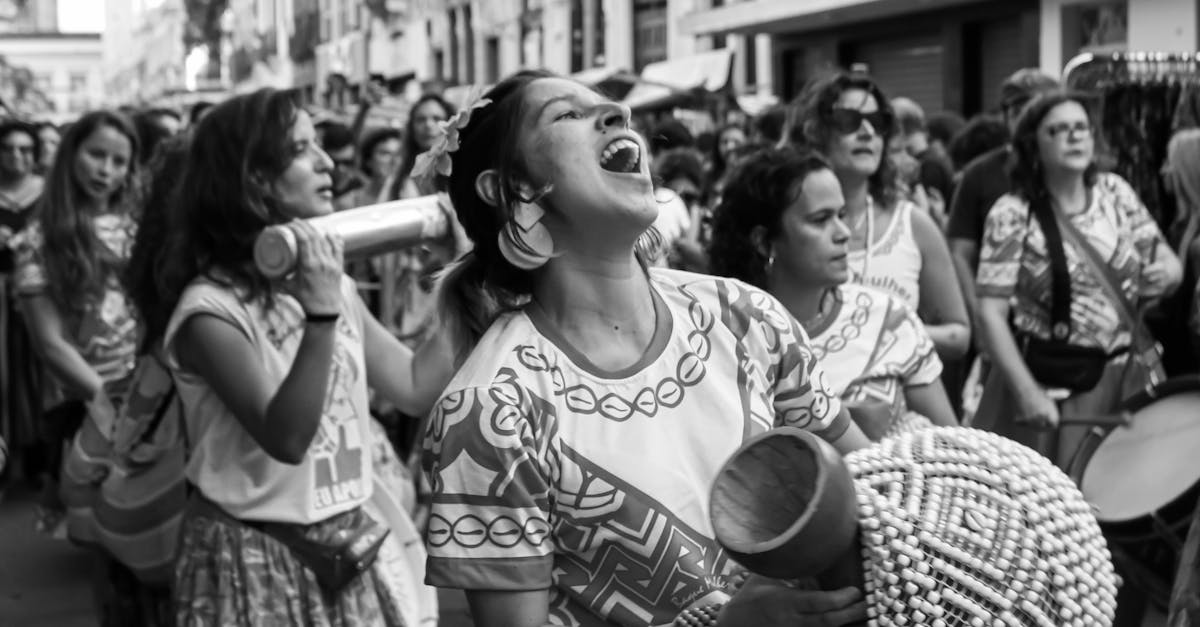
How to sew a buttonhole singer tradition?
Buttonhole singers originated in South America as small, lightweight instruments used to call people to church, but they are now often used for fun or for dancing. These fun, folk songs can be as simple as clapping or as intricate as stomping feet. Common buttonhole singers include bells, shakers, tambourines, and small drums.
The buttonhole sewn onto a shirt or dress is a small but critical detail that says you care enough to look nice. It’s a small thing, but it conveys a huge message about you. If you can sew a buttonhole, you can learn to sew a buttonhole singer, making your buttonholes even more personal and adding an extra detail to your clothes.
If you want to learn how to sew a buttonhole singer, you can find great instructions online. However, I find that the best way to learn is to watch someone else do it.
Try watching your mom or aunt sew a shirt, or even use a craft book to practice your sewing skills.
The more you watch, the better you’ll get!
How to sew a buttonhole stitch song tradition?
You’re probably familiar with the buttonhole stitch. It’s the most basic form of sewing and is used on everything from shirts to socks. But the buttonhole stitch can be more than just functional, it can also be fun to learn and practice! Buttonhole stitching can be used to make decorative stitches and even add more personality to any sewing project.
Sewing a buttonhole stitch is one of the easiest sewing techniques you can learn. Plus, learning this skill will add an extra element of charm to any piece you add a button to! You can learn how to sew a buttonhole stitch by tracing the template or reading a tutorial.
However, if you want to learn how to sew a buttonhole stitch from an experienced hand, you can search for a video how-to on YouTube. The ritual of sewing on buttons dates back thousands of years and has been passed down through generations, from one craftsman to the next.
Simply put, a buttonhole stitch is how people sewed on the large metal buttons that were used to secure clothing in earlier times.
How to sew a buttonhole in tradition?
In order to be a good example, you need to know how to do it correctly. If you are going to wear a traditional buttonhole, you need to know what size to make it and where to place it on your shirt or jacket. This is especially important if you are going to wear it on special occasions.
Sewing a buttonhole in tradition is part of a time-honored process that began as a quick way to secure a button to a garment. But when women began adding additional layers to their attire, the buttonhole became a way to fit a variety of garments to the same size shirt. There are several methods for sewing a buttonhole.
In this section, we’ll share a variety of options that will give you a sense of how to accomplish this skill. The following link shows you how to make a traditional buttonhole. It includes helpful diagrams to help you understand the process, and you can download the template so you can re-create this look at home.
How to sew a buttonhole stitch in tradition?
The first step is to measure the width of the buttonhole from the front to the back of your shirt. Add two inches (5cm) to this measurement and cut two strips of fabric that are this width. Sew the strips together end to end, right sides facing out. Set the finished strip aside.
Next, create a square template from a piece of cardboard, tape over the corners to make a box shape, and trace a small hole in the middle. This hole should be about the width The buttonhole stitch is an essential element of any shirt. It’s used to secure the front of the shirt to the collar, and it’s designed to look like a decorative knot on the end of a string.
Sewing it presents its own challenges: you have two lines of stitching that converge on a single point, so it’s important to pay close attention to your seam allowance and how they fit together. To finish off your buttonholes, you need to secure the right sides of your fabric together and create a tube.
Stitch the two edges together with a running stitch, taking care to match up the raw edges and the seamline. Thread your button onto a length of thread and push it through the hole you’ve created. Knot the thread securely, then pull the ends of the thread to tighten the knot.
How to sew buttonhole traditions?
The idea of sewing small metal or plastic pieces along the raw edge of a piece of fabric to create a finished edge is a very old one. Even the Romans are said to have used decorative metal and thread along their stitches. From there, the design of the finished buttonholes began to take on a more personal feel.
Each worker had their own unique, hand-sewn styles. This was especially true of the buttonholes sewn on the shirts of the craftsmen and tradesmen. If one of our ancestors or neighbors created a button hole singer, it’s likely that they were trying to help their fellow craftsmen and women fix or replace lost buttons.
But the tradition of buttonholes goes back much further than that. In fact, the sewing of buttonholes has been performed for thousands of years! There are many different styles of buttonholes that can be created. This means that they can be extremely personal and make a unique statement about you and your clothing.
You can find examples of buttonholes in photos from the past, but by looking at the stitching on existing garments, you can often learn how to create your own unique look.






